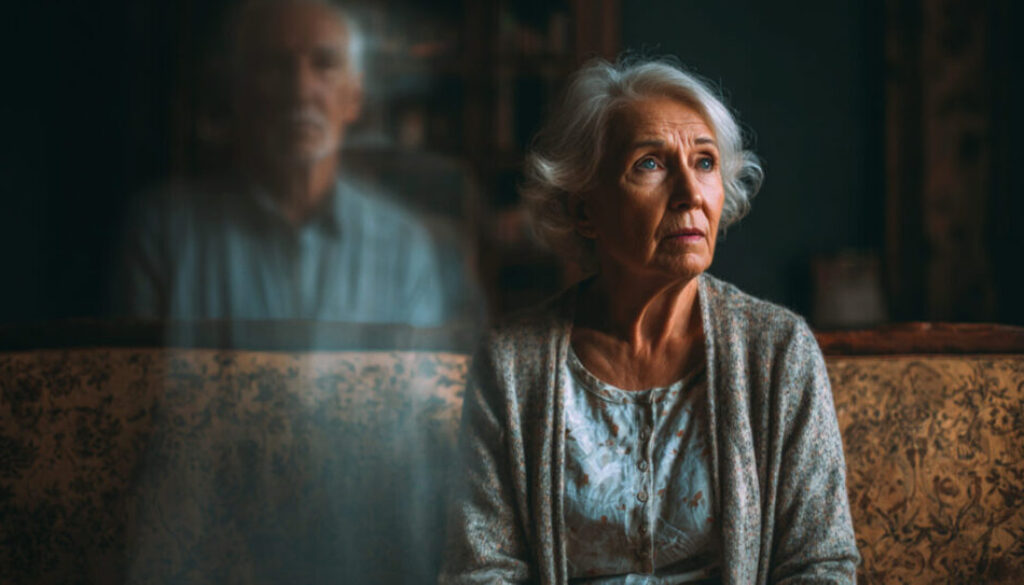More older Americans face a solo retirement; are they prepared?

More than 16 million older Americans are aging alone, and 80% have not planned for household or health care assistance.
“This topic scares the heck out of people,” said Mary Clements Evans, a Certified Financial Planner and behavioral finance expert. “It’s not just a financial time bomb, it’s an emotional one too.”
Evans is the founder and president of Evans Wealth Strategies in Emmaus, Pa., and a Raymond James registered principal. She is a Certified Financial Planner, a Certified Divorce Financial Analyst and an Accredited Behavioral Financial Professional. Her book, Emotionally Invested: Outsmart Your Anxiety for Fearless Retirement Planning, was published in March.
She told InsuranceNewsNet that she first became interested in the topic of solo aging as she saw trends among her client base.
“It’s not the same as it was back when I took care of my mother and my husband took care of his parents as they aged,” she said. “People today have fewer kids, or their kids don’t live nearby or maybe they have no kids. There’s divorce and there’s also the fact that people are living longer. There’s a financial cost to aging alone.”
Evans described two categories of solo retirees: the haves and the have nots.
“The haves have options available to them that weren’t available when my mother needed care,” she said. She pointed to the growth of 55-and-over communities as one way to address the need for solo retirees to have connection with others. For those who want to remain in their own homes as they age, Evans said there are building contractors who specialize in retrofitting an older person’s house to accommodate the needs of someone who can no longer go up and down steps or who needs a walker or wheelchair to get around.
A continuing care retirement community is another option for solo retirees of more modest means, Evans said. In considering a CCRC, potential residents should examine whether the community has a benevolence fund and how much money is in that fund. That is crucial in determining whether the retiree could potentially be removed from the community if the retiree eventually runs out of money.
Solo seniors can age in place
In looking at a solo retiree’s options for future care, Evans said she recommends “do what you can to stay where you live for as long as you can.”
Getting groceries and medications delivered, using ride-sharing services to get to everything from a medical appointment to a friend’s house for a visit, and taking advantage of telehealth services can go a long way in helping a solo retiree age in place longer, she said.
Those whose health has declined to the point where they need skilled care are usually forced to rely on Medicaid to pay for a nursing home bed if they have a low income and few assets. Evans said cuts to Medicaid will make it more challenging for nursing homes to remain open.
An older person who lives alone needs to pay special attention to their health in order to remain independent as long as possible. Evans recommended exercise and nutrition as the foundation for healthy aging.
Connection with others is another key aspect of healthy aging, especially for a solo retiree. Evans said she sees many of her older clients – particularly those who are widowed – struggling with their mental health.
“So many seniors are suffering from depression. I think one of the biggest diseases we have right now in this country is a lack of community,” she said. “Just getting them into some kind of community and connection can turn them around.”
© Entire contents copyright 2025 by InsuranceNewsNet.com Inc. All rights reserved. No part of this article may be reprinted without the expressed written consent from InsuranceNewsNet.com.
The post More older Americans face a solo retirement; are they prepared? appeared first on Insurance News | InsuranceNewsNet.





